
Nature has been for me, for as long as I remember, a source of solace, inspiration, adventure, and delight; a home, a teacher, a companion. ~ Lorraine Anderson
It's always nice to get away from the hustle and bustle of daily life to a place that is dedicated to wildlife and nature. Sometimes a person or two can find such a refuge, and if they're lucky, have it practically all to themselves for a while. A bit over fifty miles east of Charlotte, NC, just north of Wadesboro on Hwy 74, is a comparatively small(8,500 acres) but marvelous wildlife preserve that is a very special place.
The following article will be a picture tour with a bit of text on the Pee Dee National Wildlife Refuge. I hope any reader who might not get to visit this little wonder will enjoy all this and for those headed to the beach or Wilmington down Hwy 74, and who haven't done so, may want to consider taking an hour or two to explore it some time or just drive through it a bit. Yes, you should be delighted if you do, as we were in August of 2016.
It's always nice to get away from the hustle and bustle of daily life to a place that is dedicated to wildlife and nature. Sometimes a person or two can find such a refuge, and if they're lucky, have it practically all to themselves for a while. A bit over fifty miles east of Charlotte, NC, just north of Wadesboro on Hwy 74, is a comparatively small(8,500 acres) but marvelous wildlife preserve that is a very special place.
The following article will be a picture tour with a bit of text on the Pee Dee National Wildlife Refuge. I hope any reader who might not get to visit this little wonder will enjoy all this and for those headed to the beach or Wilmington down Hwy 74, and who haven't done so, may want to consider taking an hour or two to explore it some time or just drive through it a bit. Yes, you should be delighted if you do, as we were in August of 2016.
At the entrance are the bathrooms and information boards with maps. The Federal Wildlife office is on the opposite side. This article is far from being an all inclusive look or information piece about the Pee Dee National Wildlife Refuge, but I hope it will at least give you a feel and understanding of this peaceful place.
HISTORY
In 1903 President Teddy Roosevelt started the National Wildlife Refuge System. The Pee Dee refuge is near to what was once a well known water spot known as "Lockhart Gaddy's Wild Goose Refuge." In 1934 Gaddy turned from hunting the Canadian geese to admiring and attracting them to his pond. Today the spot is simply called "Gaddy's Goose Pond." After the passing of Mr. and Mrs. Gaddy the pond was closed to the public in 1975.
In 1903 President Teddy Roosevelt started the National Wildlife Refuge System. The Pee Dee refuge is near to what was once a well known water spot known as "Lockhart Gaddy's Wild Goose Refuge." In 1934 Gaddy turned from hunting the Canadian geese to admiring and attracting them to his pond. Today the spot is simply called "Gaddy's Goose Pond." After the passing of Mr. and Mrs. Gaddy the pond was closed to the public in 1975.
WILDLIFE HABITATS
There are a lot of different habitats on the refuge that sustain a wide variety wildlife species. The refuge also holds within its borders 3,000 acres of contiguous bottomlands. As a matter of fact, Brown Creek forms the heart of the largest bottomland hardwood tract left in in the Piedmont of North Carolina. Additionally, 2,000 acres along Brown Creek and Thoroughfare Creek bottoms are deemed a Significant Natural Heritage Area.
There are a lot of different habitats on the refuge that sustain a wide variety wildlife species. The refuge also holds within its borders 3,000 acres of contiguous bottomlands. As a matter of fact, Brown Creek forms the heart of the largest bottomland hardwood tract left in in the Piedmont of North Carolina. Additionally, 2,000 acres along Brown Creek and Thoroughfare Creek bottoms are deemed a Significant Natural Heritage Area.
The refuge also has around 1,200 acres of upland pine forest and about 4,300 acres aged fields, croplands, moist-soil units, and intermingled pine-hardwood patches of forest that intermix with lakes, ponds, creeks and the Pee Dee River itself. Many of the old fields have been reforested to provide the necessary habitats for a wide variety of wildlife species. It is also interesting to note that open prairies were once in the Piedmont of N.C.
While there I and a companion saw two nature trails. The first is called the Brown Creek Nature Trail and is a quarter mile long. We went a ways down the three-quarter mile long Tall Pines Nature Trail and took the five photos below. There were a goodly number of tree types on this trail, some of them very tall. A fine walk it is.
We turned left off of Wildlife Drive and went down the dirt gravel GTR road. It had a few water puddles but was a great experience. The Brown Creek was to the left most of the way and was quite full of wildlife. When we stopped the car once I walked maybe ten feet over a rise to take some photos of it. Fish swirls were everywhere and many turtles slid off of limbs and rocks into the muddy creek, along with frogs jumping off the banks and then plopping into the water. We saw and then got a picture of a white egret on the other side of the GTR road too. To me, it was like going back in time, when this creek was in the pioneer era or even before.
WILDLFE
The Pee Dee Wildlife Refuge holds many species of animals. In the avian department there are all-season and migratory songbirds, a wide variety of ducks, geese, egrets, herons, quail, and even the occasional tundra swan, just to name several bird species. Predatory birds are hawks, owls, sometimes peregrine falcons, and in winter the Southern bald eagle. The list could go on.
Some mammal species include the following: bobcat, beaver, otter, muskrat, white-tailed-deer, grey and red fox, gray and fox squirrel, and the Eastern cottontail rabbit. Again, the list could go on.
The reptiles are a plenty as well, with lizards ( the lovable green anoles being one), Eastern toads, the Eastern box turtle, River cooters, salamanders, black rat snakes, corn snakes and Eastern kingsnakes. There are some copperheads but these are rarely encountered so no one should have any fear of them.
As I mentioned about Brown Creek, the refuge is full of fish; like bass, catfish and bream etc. Fishing season is available from March 15 to October 15 on some ponds, Brown Creek and the Pee Dee River. Sullivan Pond can be fished year round. There's a primitive boat ramp at Arrowhead Lake. No gas motors are allowed, thank god, and the fishing boats must be loaded and unloaded by hand.
The Pee Dee Wildlife Refuge holds many species of animals. In the avian department there are all-season and migratory songbirds, a wide variety of ducks, geese, egrets, herons, quail, and even the occasional tundra swan, just to name several bird species. Predatory birds are hawks, owls, sometimes peregrine falcons, and in winter the Southern bald eagle. The list could go on.
Some mammal species include the following: bobcat, beaver, otter, muskrat, white-tailed-deer, grey and red fox, gray and fox squirrel, and the Eastern cottontail rabbit. Again, the list could go on.
The reptiles are a plenty as well, with lizards ( the lovable green anoles being one), Eastern toads, the Eastern box turtle, River cooters, salamanders, black rat snakes, corn snakes and Eastern kingsnakes. There are some copperheads but these are rarely encountered so no one should have any fear of them.
As I mentioned about Brown Creek, the refuge is full of fish; like bass, catfish and bream etc. Fishing season is available from March 15 to October 15 on some ponds, Brown Creek and the Pee Dee River. Sullivan Pond can be fished year round. There's a primitive boat ramp at Arrowhead Lake. No gas motors are allowed, thank god, and the fishing boats must be loaded and unloaded by hand.
Before going down the GTR Road, I met the Assistant Refuge Manager in his office. His name is Greg Walmsley. Gregg was very nice and knowledgeable, talking about things and showing me some of the displays and stuff that were about. That's a feral hog jawbone in the pic above. Another interesting fact emerged when I asked him about the snakes around. Although Timber Rattlers are know to show up in Anson Co. ( some of the northern refuge is in Richmond Co.) on occasion, it's been a long time since one has been seen in the refuge.
Also, there are no water moccasins there either, their range ending somewhat to the east. However, there are several harmless water snake species about and one is very similar-looking to the cottonmouths. Greg said that he once did a double take at that similar looking one when he eyed it! I took a digital of this friendly young gentleman Federal Wildlife Officer, but to my regret it didn't come out. Anyway, if you visit this wonderful place, consider stopping by and saying hello to Gregg, or whoever else might be there that day.
Also, there are no water moccasins there either, their range ending somewhat to the east. However, there are several harmless water snake species about and one is very similar-looking to the cottonmouths. Greg said that he once did a double take at that similar looking one when he eyed it! I took a digital of this friendly young gentleman Federal Wildlife Officer, but to my regret it didn't come out. Anyway, if you visit this wonderful place, consider stopping by and saying hello to Gregg, or whoever else might be there that day.
We only encountered two other cars (with one woman parked at a pond having lunch) and no walkers on the trail the whole hour and a half or so we were there. That's one reason it felt like being in older times to me. Just a hundred feet down the road we turned onto after leaving the boundary of the place, something caught my eye over to the left, over a little embankment just off the road.
It turned out to be a very old grave site, perhaps a families, perhaps some of, our even, the first settlers to the area. It was marked an archeological site so I stayed outside the small perimeter to snap these digitals, zooming in on the last one, which had the only engravings left on any of them. What a fitting way to end the relaxing visit.
Here's a link for more detailed facts and info:
It turned out to be a very old grave site, perhaps a families, perhaps some of, our even, the first settlers to the area. It was marked an archeological site so I stayed outside the small perimeter to snap these digitals, zooming in on the last one, which had the only engravings left on any of them. What a fitting way to end the relaxing visit.
Here's a link for more detailed facts and info:
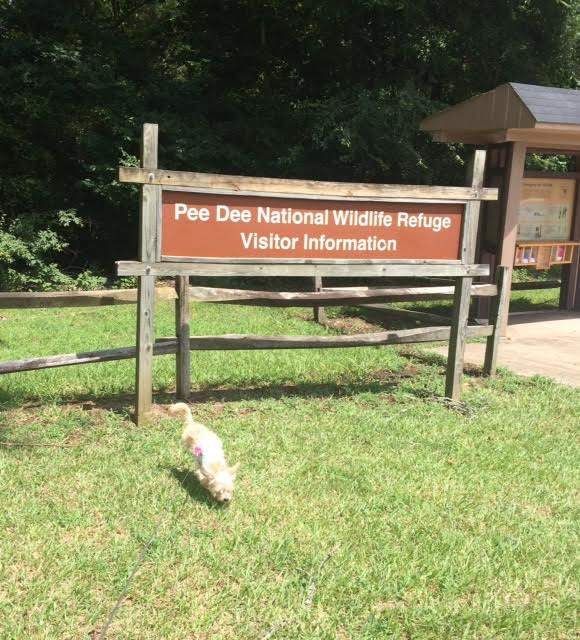
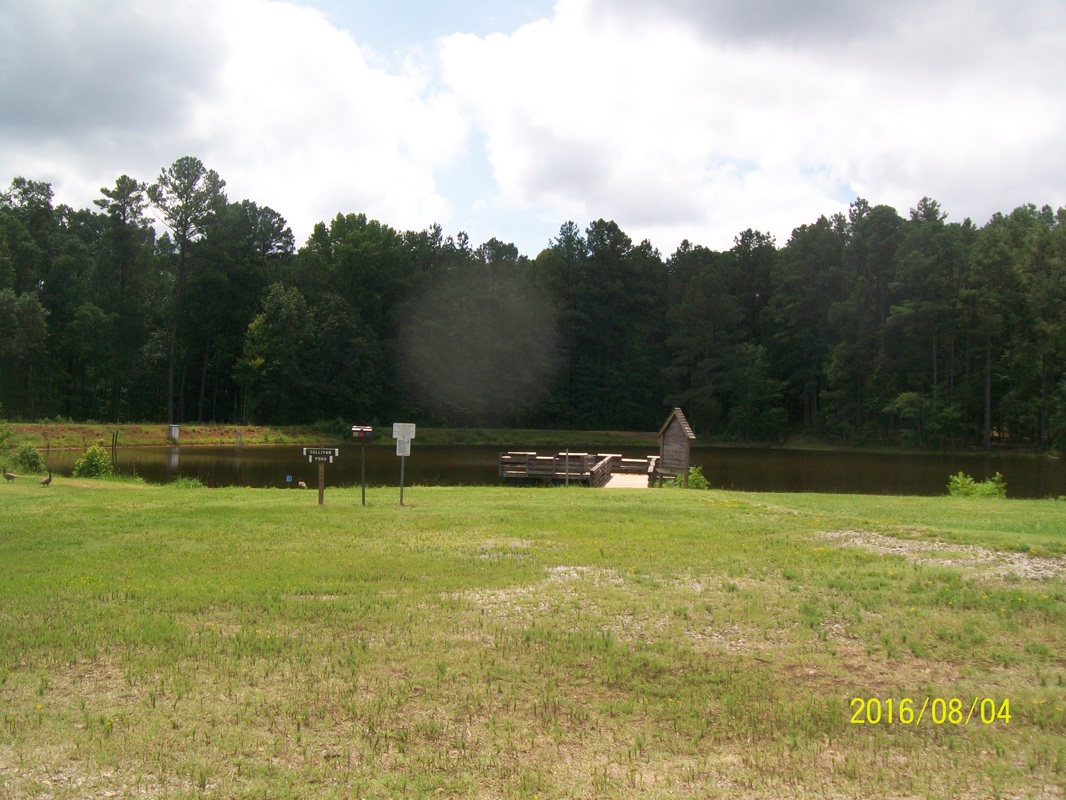
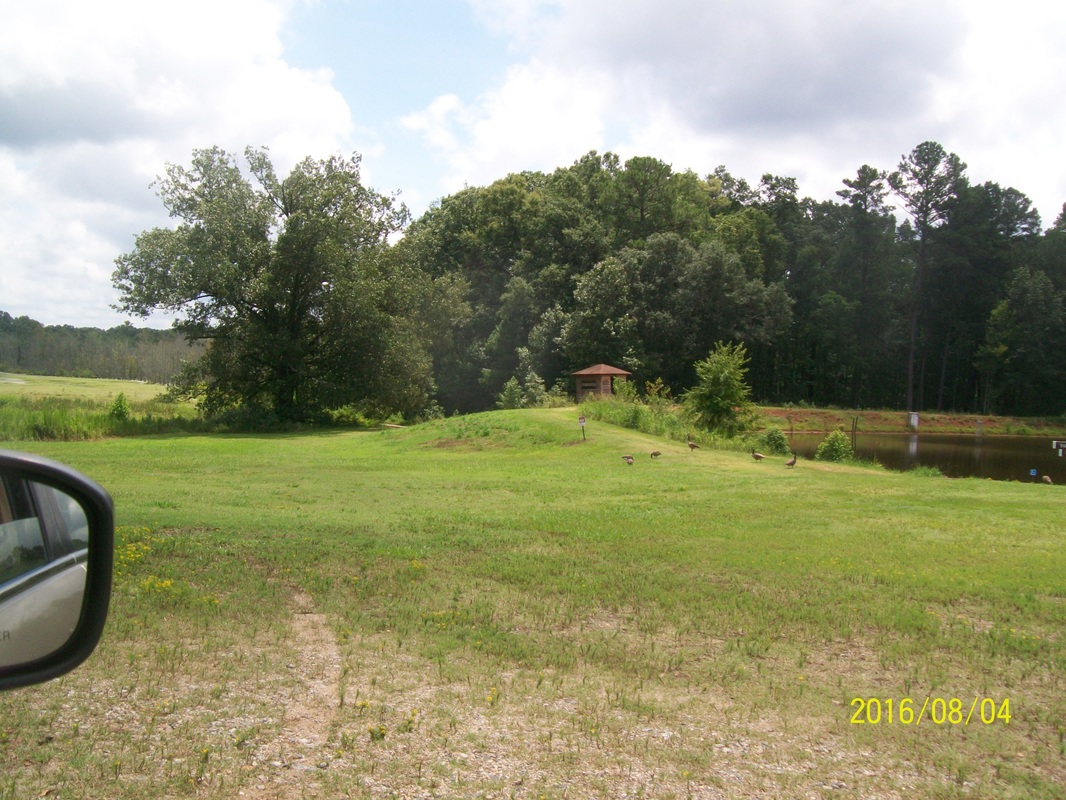
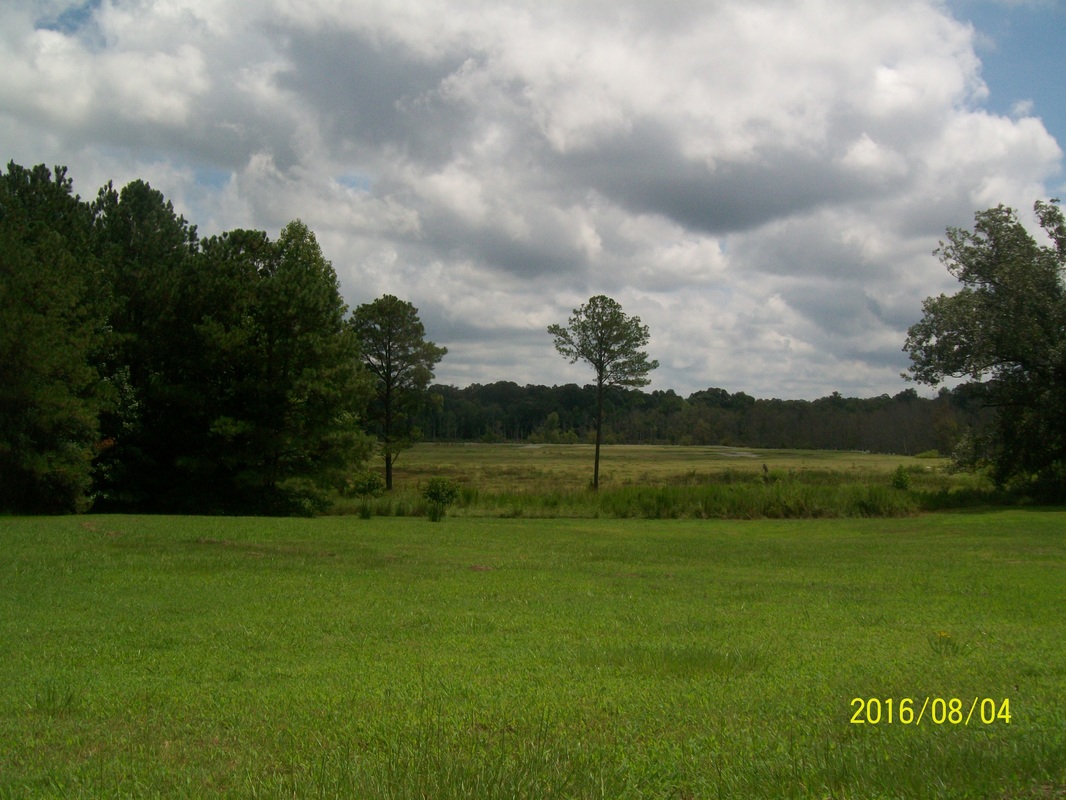
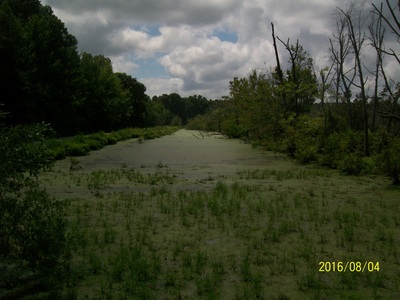
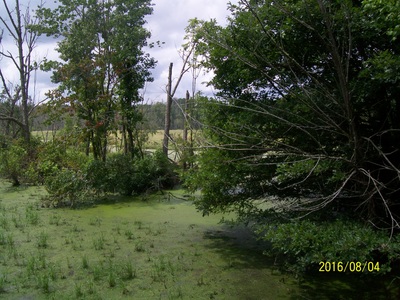
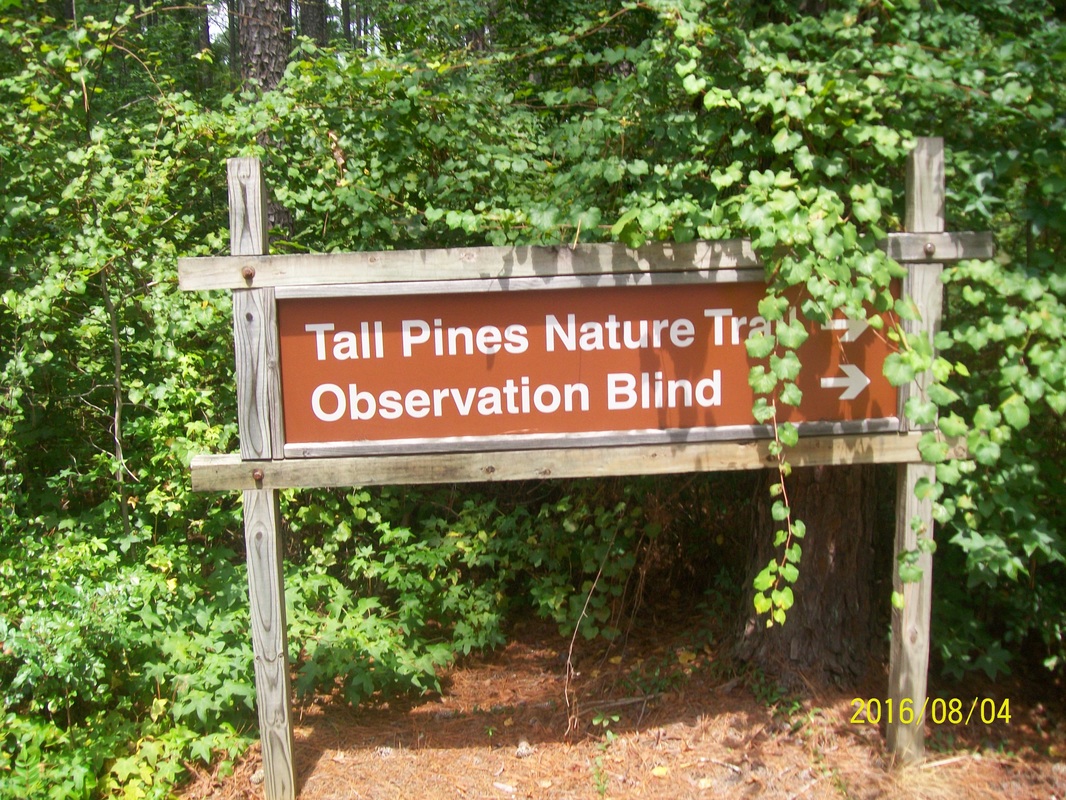
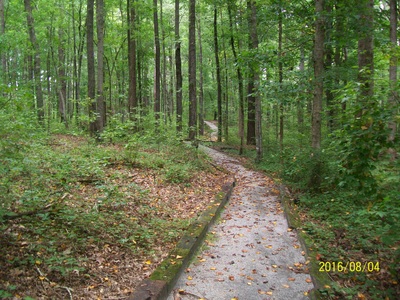
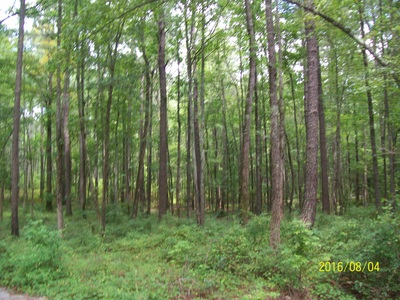
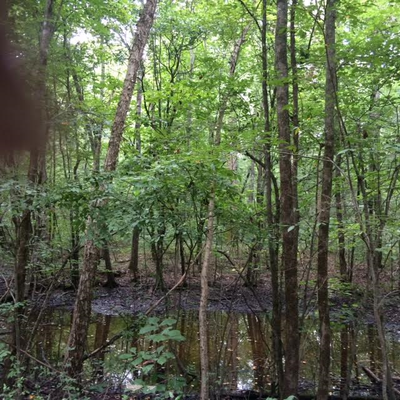
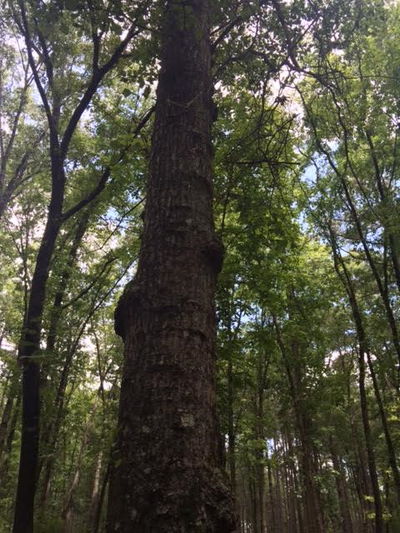
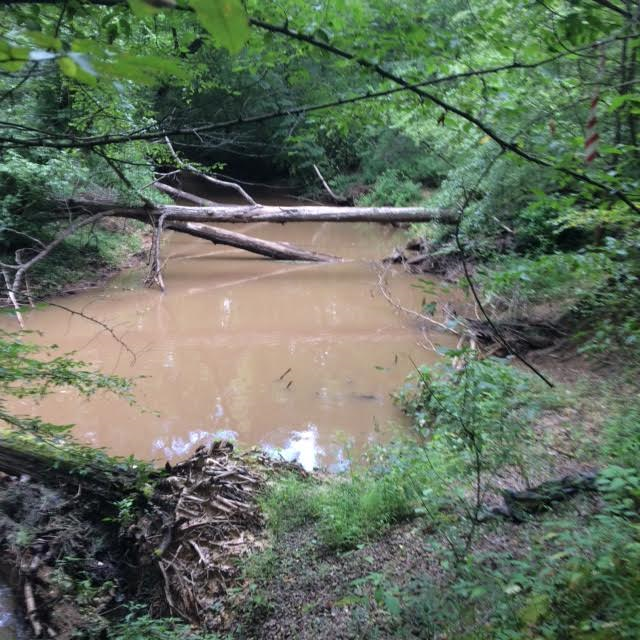
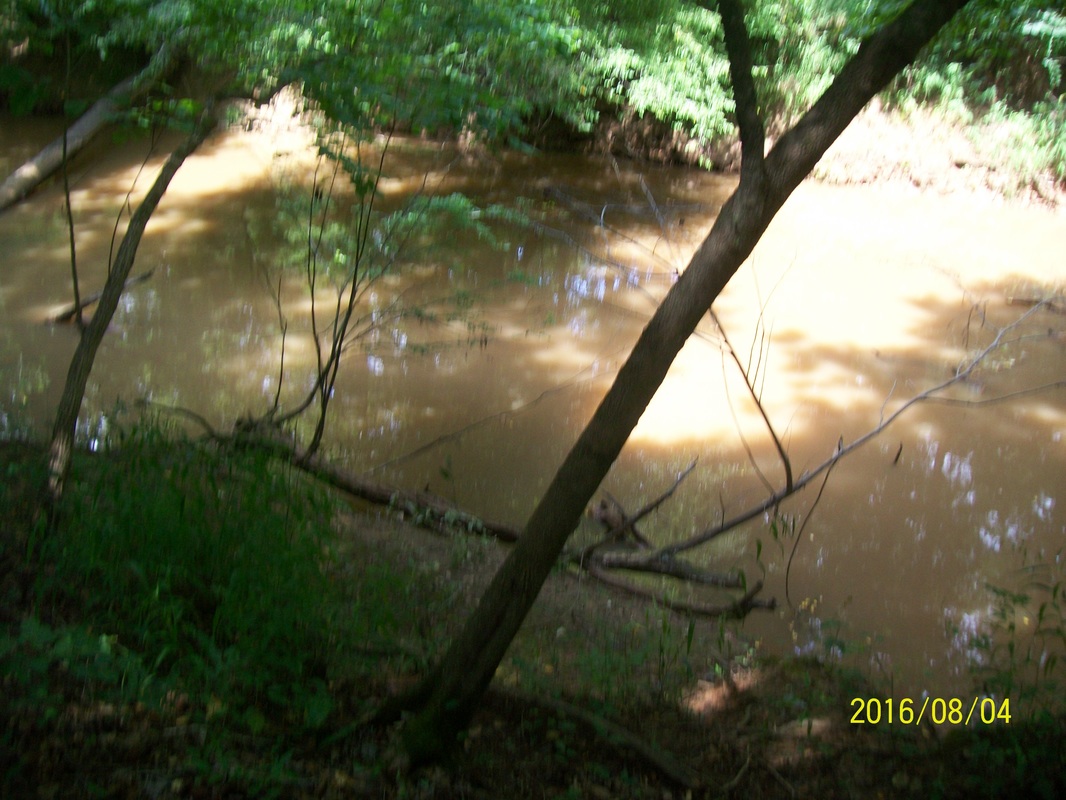
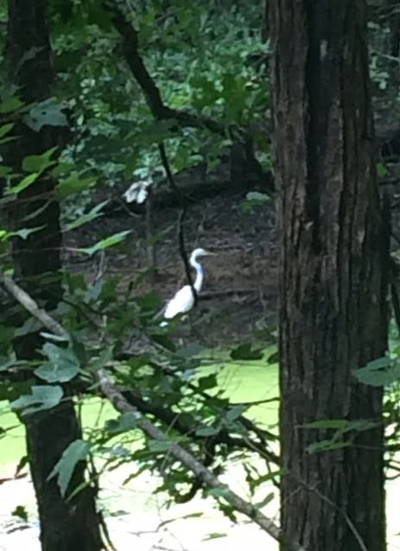
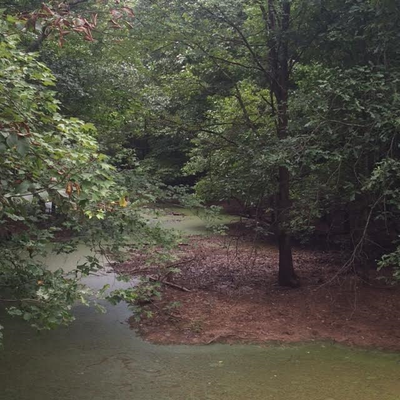
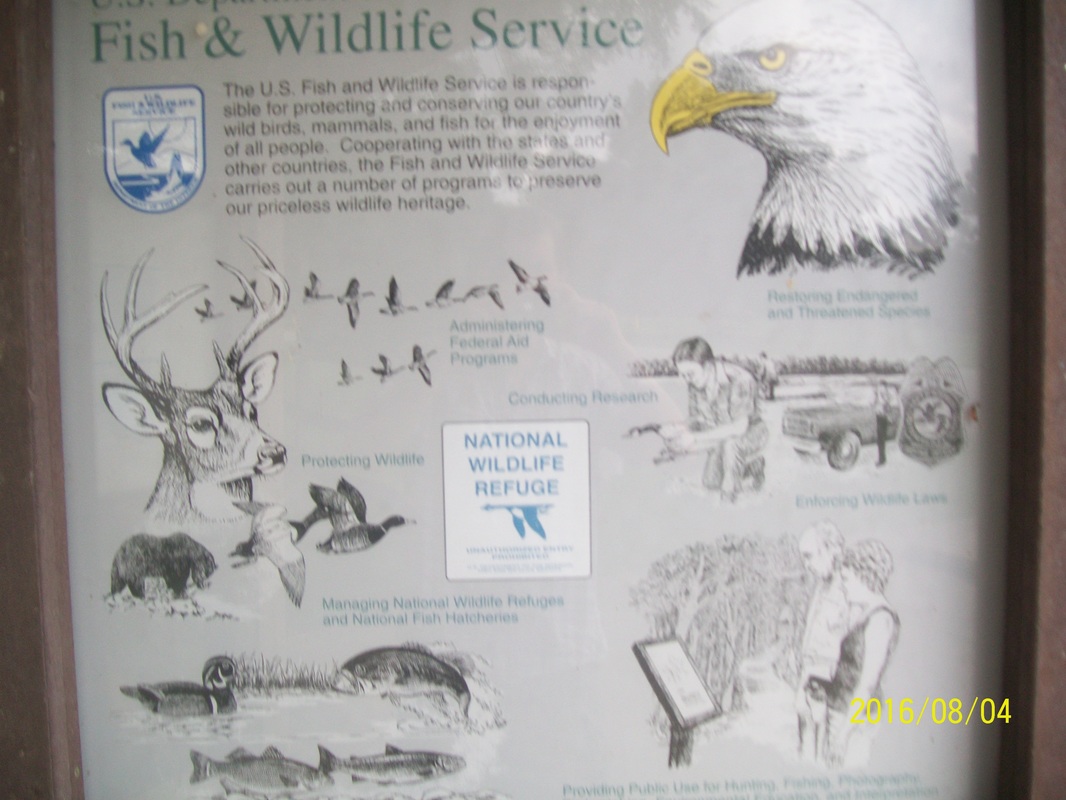
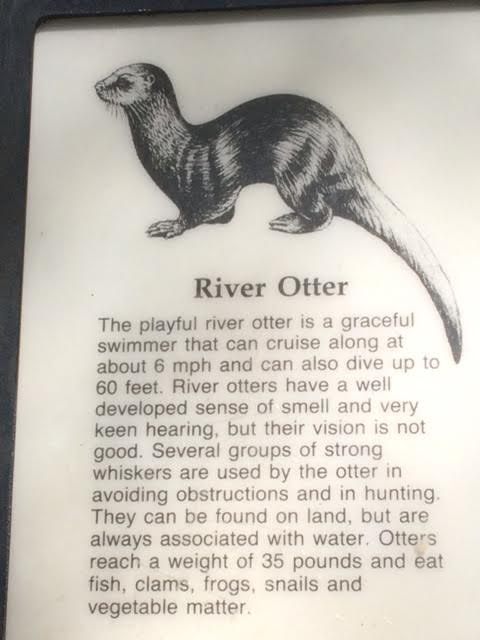
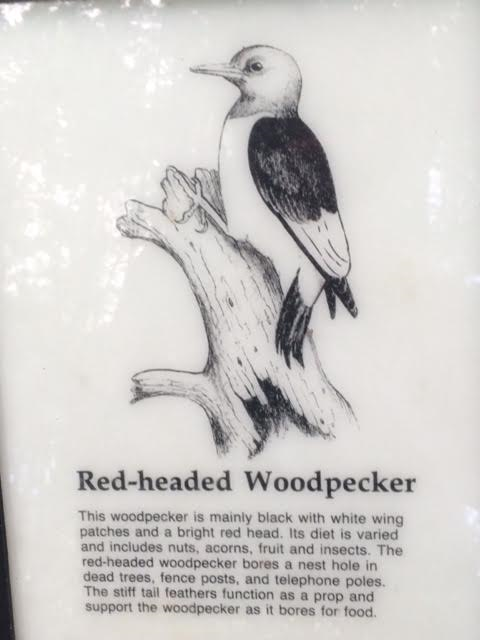
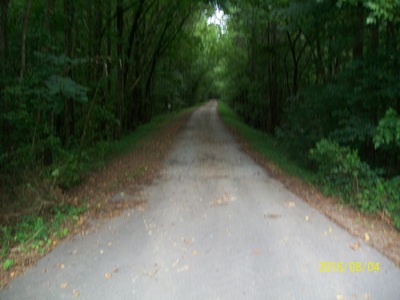
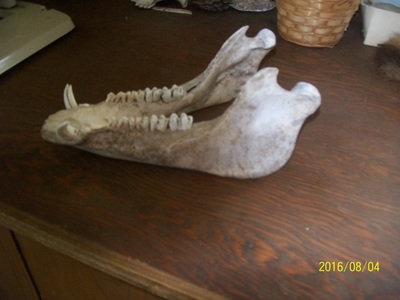
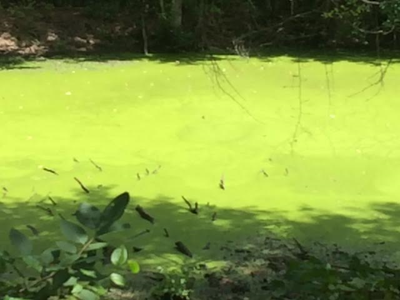
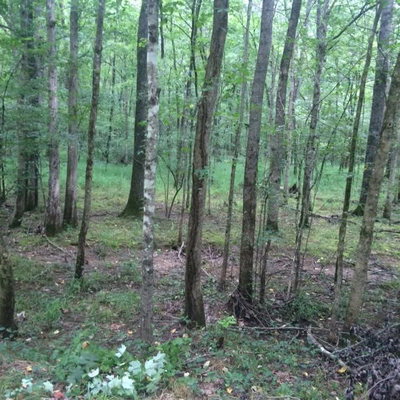
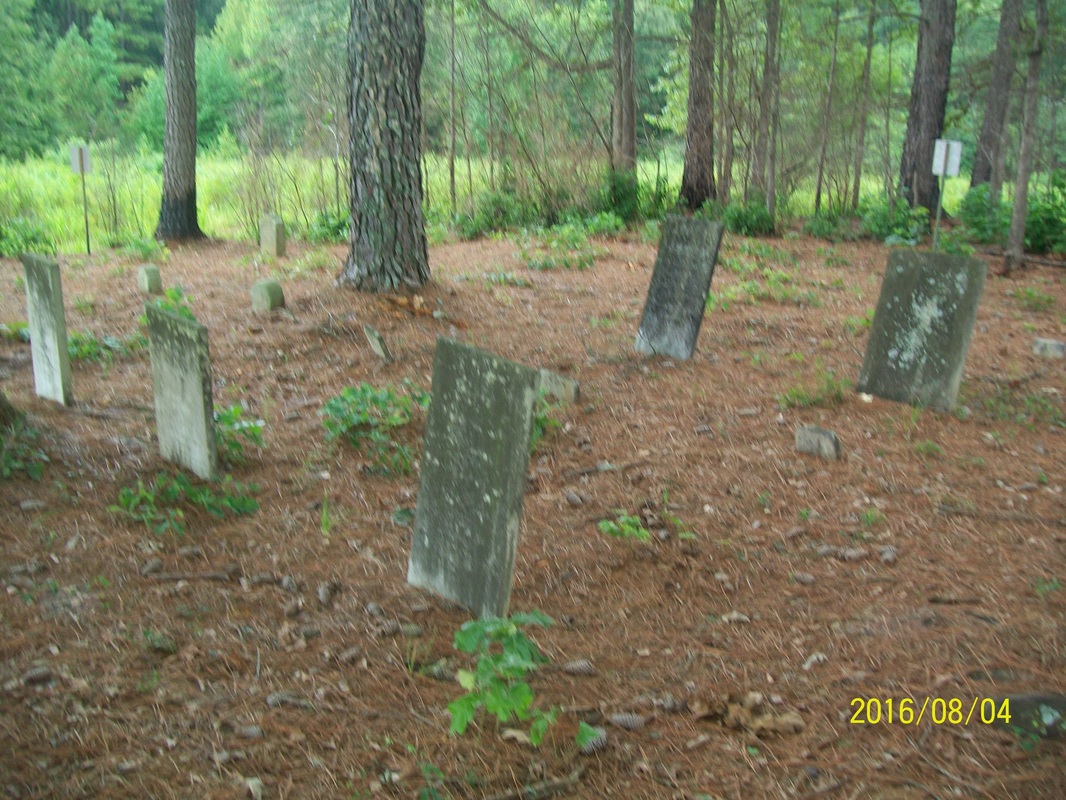
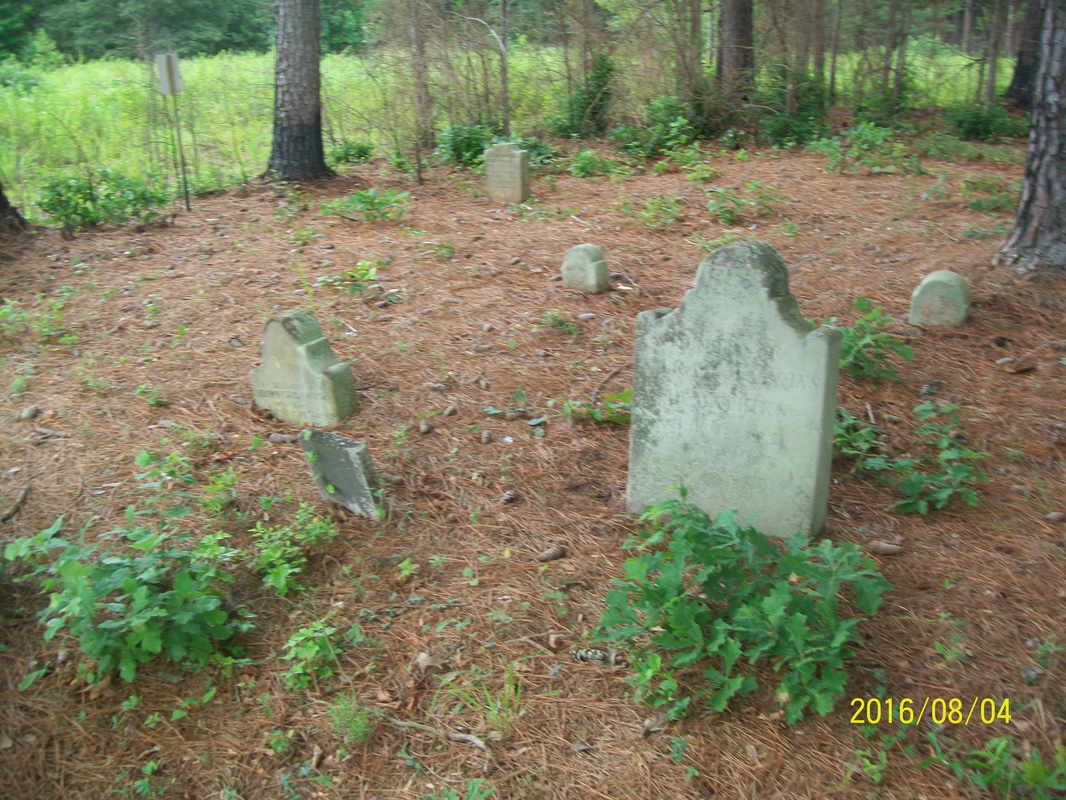
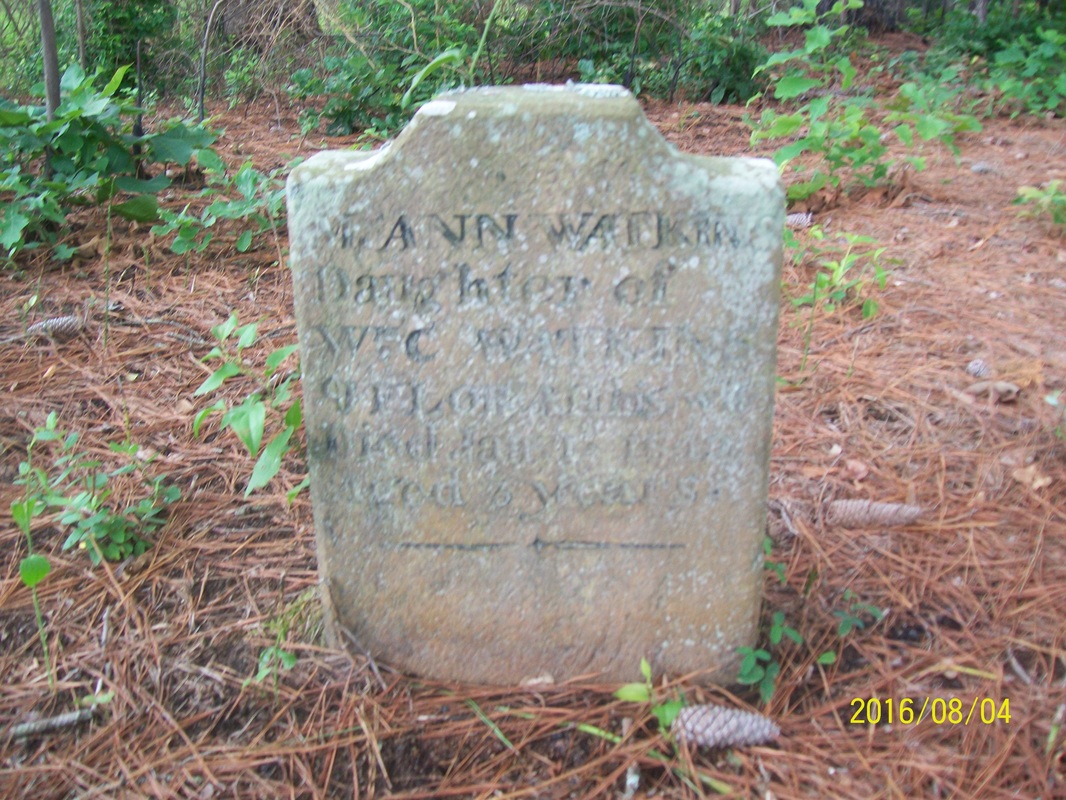
 RSS Feed
RSS Feed
